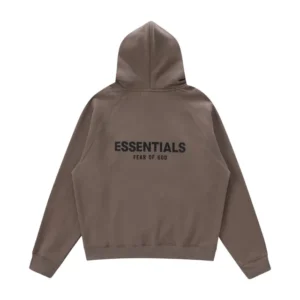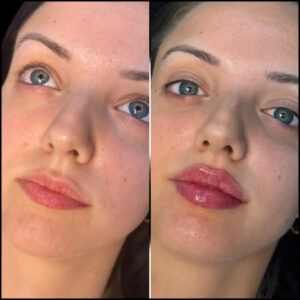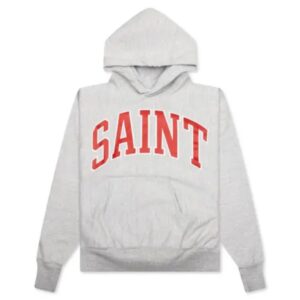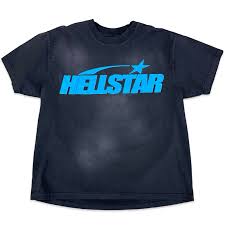
Goalkeeper gloves are an essential part of any goalkeeper’s equipment. Whether you’re a beginner or a professional, the right gloves can significantly improve your performance on the field. At The Soccer Factory, we understand how crucial it is to choose the right gloves for your style of play. In this article, we’ll go through the key features you should look for when selecting goalkeeper gloves.
1. Fit and Comfort
Why Fit Matters for Goalkeeper Gloves
The fit of your gloves is one of the most important factors to consider. Goalkeeper gloves come in various sizes and shapes, so finding the perfect fit ensures maximum comfort and control. Gloves that are too tight may cause discomfort, while loose gloves can lead to a lack of control and potential injury.
Types of Fits Available
-
Negative Cut: This type of fit provides a snug, close-to-the-skin feel. It’s ideal for goalkeepers who want maximum control.
-
Flat Cut: The most common cut, providing a more relaxed fit, great for comfort and flexibility.
-
Roll Finger Cut: This cut is known for offering a more flexible and ergonomic fit, making it suitable for goalkeepers who need extra flexibility in their gloves.
2. Grip and Latex Material
What Type of Grip Is Best for You?
The grip of your goalkeeper gloves is essential for making safe, solid catches, especially in wet conditions. Latex is the most common material used for grip, and there are different types available.
-
Soft Latex: Best for wet conditions, offering excellent grip and control.
-
All-Weather Latex: A mix of soft latex and synthetic materials, suitable for all conditions, including dry and wet weather.
-
Hard Ground Latex: Used for playing on artificial turf or harder surfaces, offering durability over grip.
At The Soccer Factory, we offer a variety of goalkeeper gloves, including different types of latex that suit various conditions.
3. Durability and Wear Resistance
How Long Will Your Gloves Last?
The durability of goalkeeper gloves varies depending on the type of material and the conditions you play in. Gloves with high grip (soft latex) tend to wear out faster, while all-weather or hard ground gloves last longer. If you play frequently, it’s essential to choose gloves that balance grip and durability.
-
Training Gloves: These are designed for more durability, ideal for regular practice.
-
Match Gloves: More focused on grip, but they may wear out quicker due to their softer material.
4. Cut and Design
Why Does the Cut Matter for Goalkeeper Gloves?
The cut of the glove refers to the stitching and how it is assembled. Different cuts provide varying fits, comfort, and flexibility.
-
Negative Cut: Offers a tight fit, making it perfect for goalkeepers who prefer a glove that feels like an extension of their hand.
-
Flat Cut: Offers a looser fit, making it comfortable for goalkeepers who want more flexibility.
-
Hybrid Cut: Combines various elements from different cuts, offering a balance of comfort and fit.
Design Preferences
Goalkeepers often choose gloves based on design as well as performance. Many brands, including The Soccer Factory, offer gloves in various colors and designs. Although design may not affect performance, finding gloves that you love can help boost confidence on the field.
5. Protection Features
What Extra Protection Do You Need?
Some goalkeepers are more prone to hand injuries, and certain gloves come with added protection. If you find yourself frequently getting hurt, look for gloves with reinforced fingers or extra padding around the palms. These features offer protection without compromising your ability to grip the ball.
-
Spines: These are built into the gloves to prevent hyperextension of the fingers.
-
Padding: Extra padding in the palm area provides more protection against impact, which is helpful for goalkeepers who face powerful shots.
6. Flexibility and Movement
Should You Go for Flexible Gloves?
Goalkeeper gloves need to offer a balance between flexibility and control. You should be able to move your hands freely while still maintaining a solid grip on the ball. The cut of the glove plays a significant role in flexibility, as does the overall design.
-
Flexible Gloves are ideal for goalkeepers who need quick movements and agility.
-
Stiffer Gloves: Provide more support, useful for goalkeepers who prioritize control over speed.
7. Weather Conditions
Do You Need Weather-Specific Gloves?
Weather conditions can significantly affect the performance of your goalkeeper gloves. Different gloves are designed for specific weather, and choosing the right one can make a big difference during play.
-
Wet Weather Gloves: Soft latex provides the best grip in rainy conditions.
-
Dry Weather Gloves: All-weather gloves are ideal for playing in hot, dry conditions, offering both durability and grip.
8. Budget and Value for Money
How Much Should You Spend on Goalkeeper Gloves?
While higher-end goalkeeper gloves tend to offer better performance and durability, it’s essential to balance cost with features. For beginner or training gloves, you don’t need to invest in premium models, but for match-day gloves, consider investing in high-quality gloves with superior grip and comfort.
At The Soccer Factory, we offer a range of goalkeeper gloves, from affordable training options to premium match-day gloves, ensuring you get the best value for your money.
Conclusion
When choosing goalkeeper gloves, it’s essential to consider various factors such as fit, grip, durability, protection, and budget. By understanding these key features, you’ll be able to select the gloves that best suit your needs, helping you perform your best on the field. Whether you’re a beginner or a seasoned professional, The Soccer Factory has a wide selection of goalkeeper gloves that can enhance your performance.




